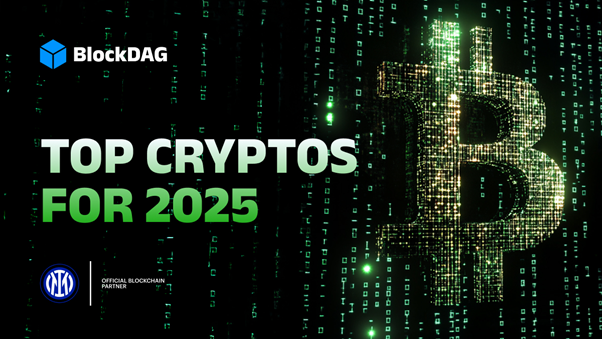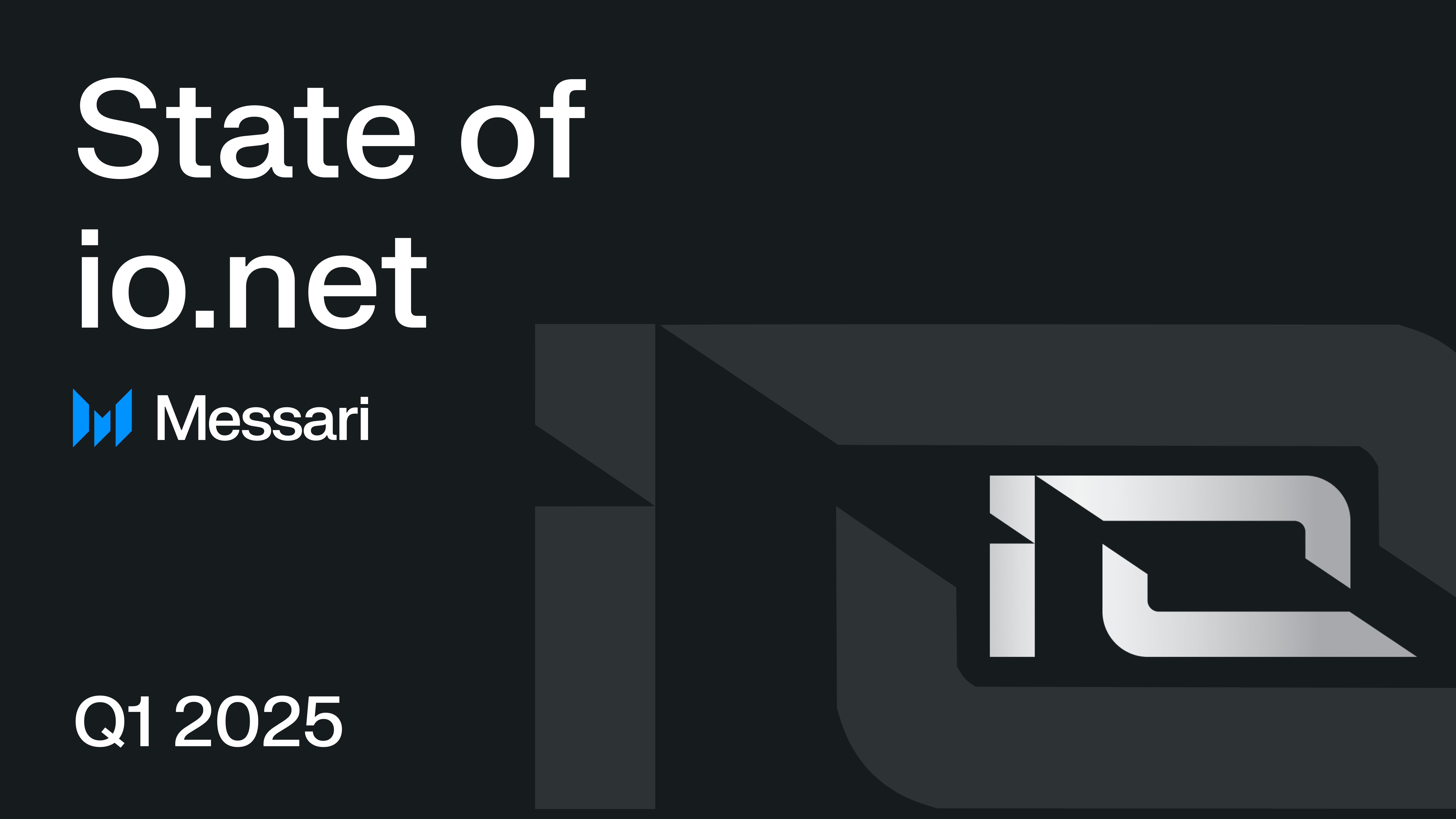Coinbase to Support AI-Focused Altcoin io.net on Solana Network

Coinbase has announced that it will be adding support for the artificial intelligence-focused altcoin, io.net (IO), on the Solana (SOL) network. This addition marks a significant step for the decentralized physical infrastructure network (DePIN), which aims to leverage idle graphics processing units (GPUs) for machine learning (ML) and AI projects. According to Coinbase, trading for IO will commence on or after 9 a.m. Pacific Time on October 9th, 2024, contingent upon meeting liquidity conditions. The trading will be initiated in phases, and it is important to note that support for IO may be limited in certain jurisdictions.
At the time of writing, IO is trading at $1.77, reflecting a decline of over 3% in the past 24 hours. With a market capitalization of $168 million, io.net ranks as the 295th-largest cryptocurrency project. The project aims to democratize access to computing power by aggregating over one million GPUs from independent data centers, crypto miners, and other crypto projects like Filecoin and Render. This initiative is particularly timely given the increasing demand for GPU compute resources driven by the rapid growth of AI and ML workloads.
The io.net project emphasizes its mission to make computing more scalable, accessible, and efficient. Current major cloud providers possess approximately 10-15 exaFLOPS of GPU compute capacity. However, the anticipated demand for GPU compute in the cloud could surge to between 20-25 exaFLOPS, reflecting the escalating requirements for AI/ML model training and inferencing. As the cryptocurrency market continues to evolve, the integration of AI-focused projects like io.net could play a pivotal role in shaping the future of decentralized computing.
Related News





